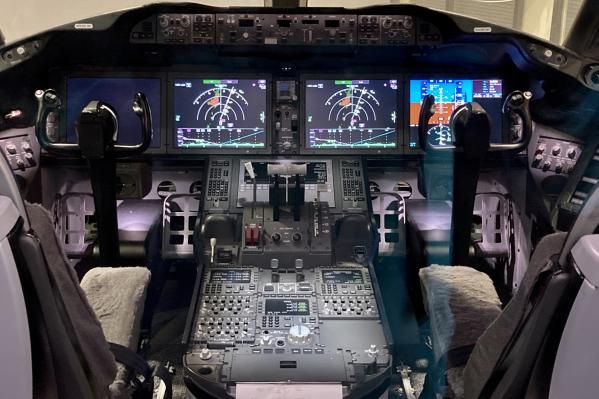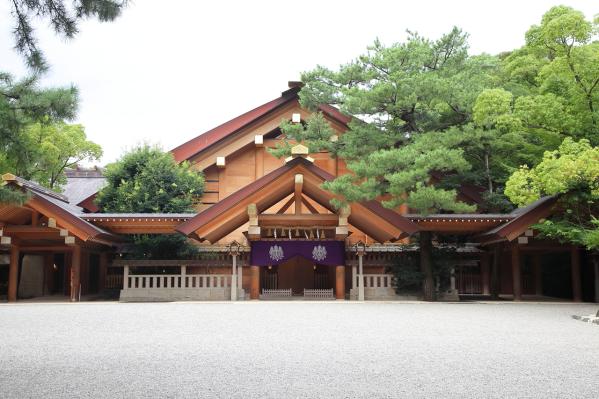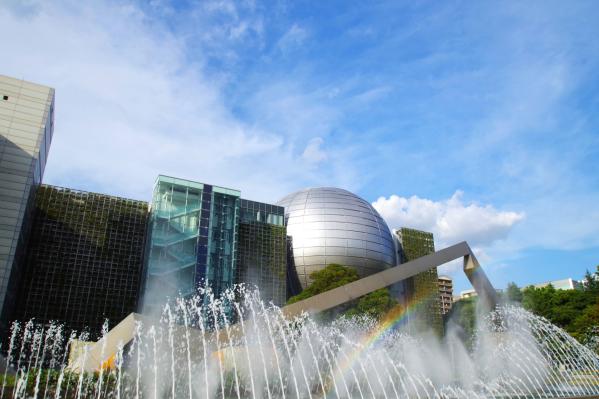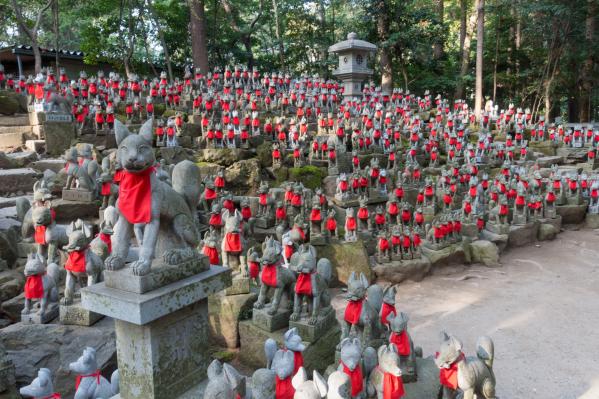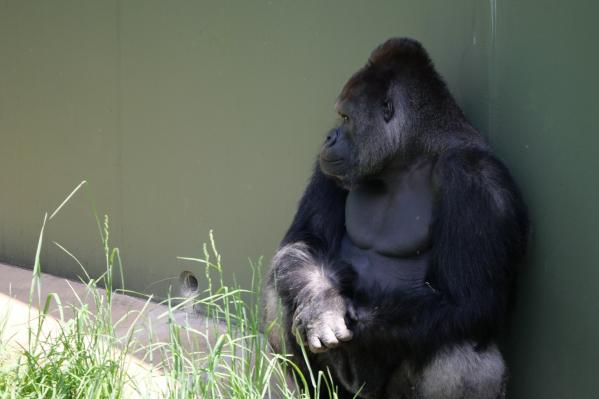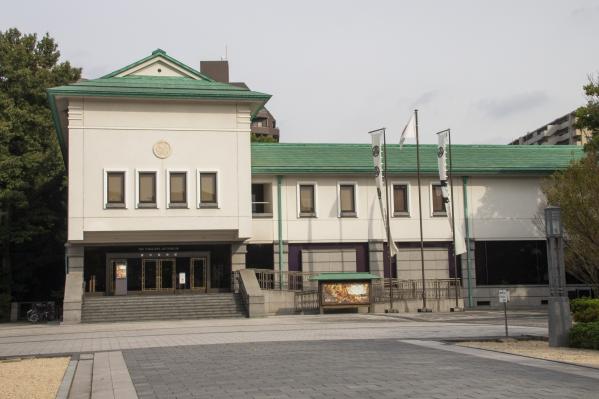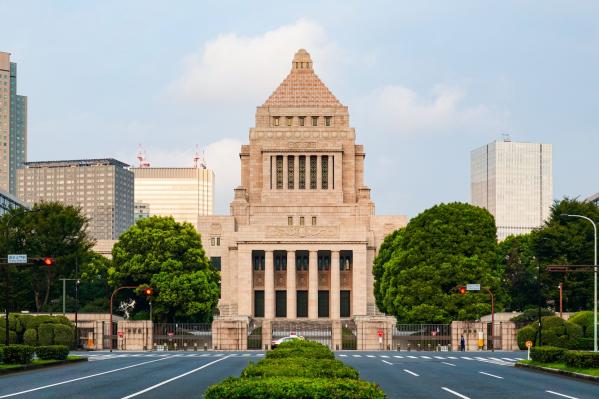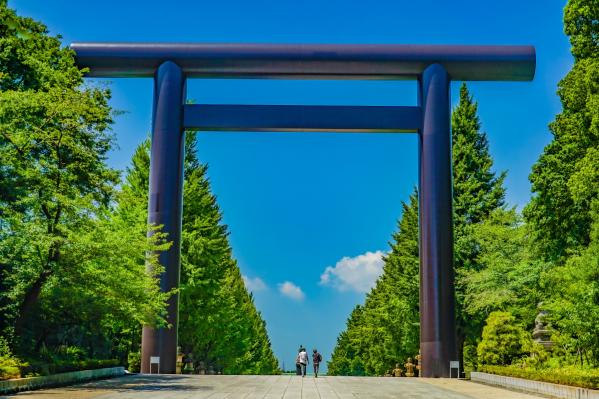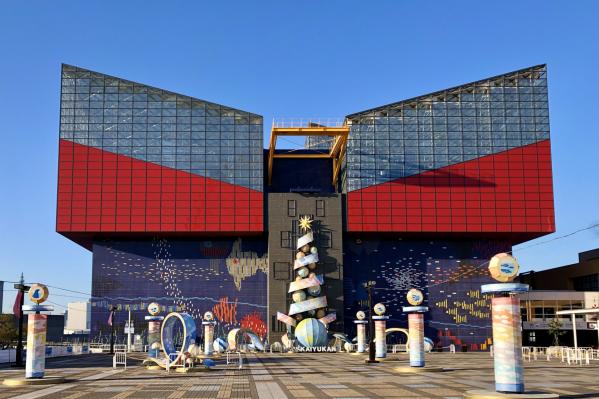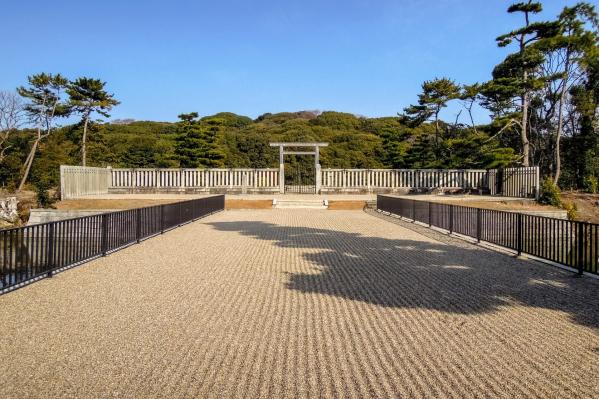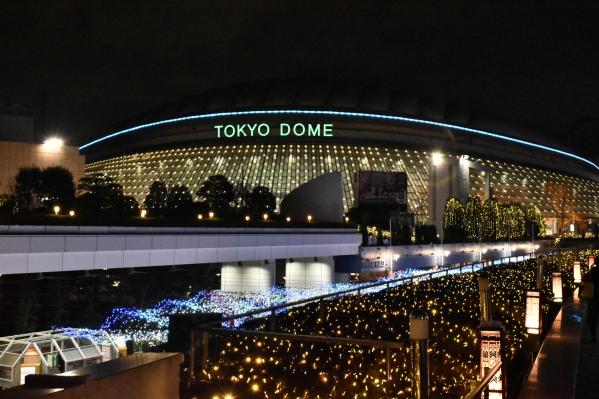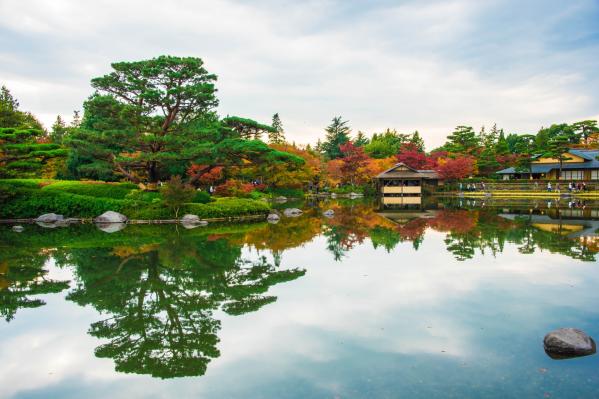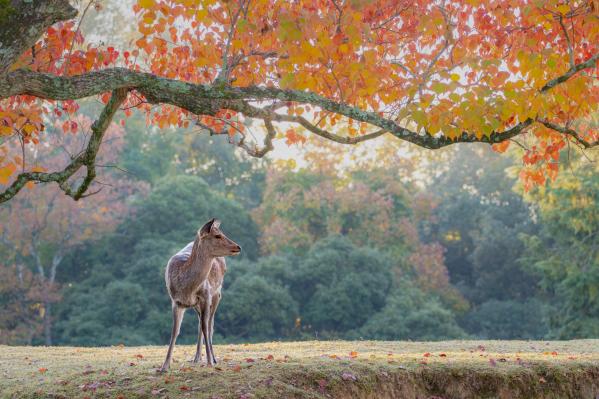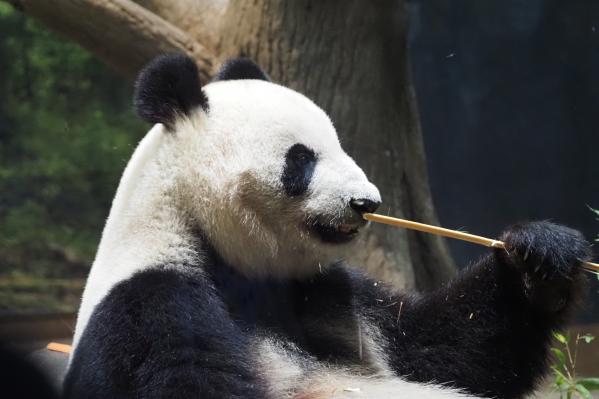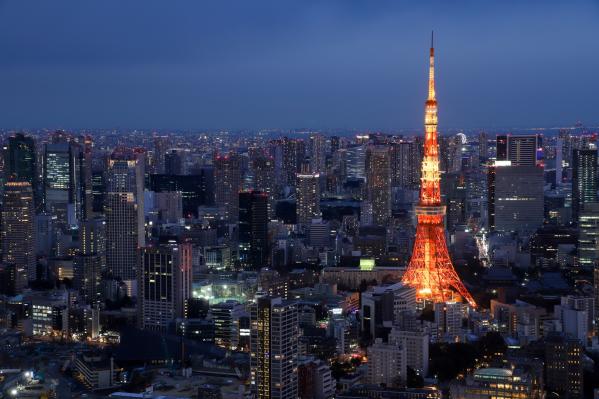
Nagoya Castle
Nagoya Castle features a magnificent main keep crowned with a golden shachihoko (a mythical creature resembling a sea tiger), a luxurious Honmaru Palace, and a spacious Ninomaru Garden, and is regarded as the completed form of modern castle architecture. The establishment of this castle led to the large-scale relocation of the town known as "Kiyosu-goshi," paving the way for the grid-style castle town that forms the basis of present-day Nagoya City.
For 260 years, Nagoya Castle served as the residence of the Owari Tokugawa family. Although it was destroyed by fire during wartime, the main keep was reconstructed in 1959, and the Honmaru Palace was fully opened to the public after a decade-long restoration project in 2018. Every day, the Nagoya Omotenashi Busho-tai welcomes visitors within the castle, and demonstrations are held on weekends and holidays.
Nagoya Castle is designated as a national special historic site and serves as a starting point for urban development in Nagoya. It will continue to share its history and beauty with many people in the future. If you visit Nagoya, be sure to experience this historic site.
Basic Information
- Spot Name
- Nagoya Castle
- Location
- 〒460-0031 1-1 Honmaru, Naka-ku, Nagoya-shi, Aichi Prefecture, Japan
- Access
- Nagoya sightseeing route bus "Me-guru," get off at "Nagoya Castle."
Take the subway Meijo Line to "Nagoya Castle" station, and it's a 5-minute walk from exit 7. - Parking
- Available / Paid ※ Available from January 2 to December 28
【Main Gate Parking】 Regular car capacity: 308 cars
Available hours: 8:45 AM – 9:30 PM (Until 10:00 PM during the evening festival period)
◎ Regular car: 180 yen per 30 minutes
◎ Motorcycle / Moped: 100 yen per 30 minutes
【Ninomaru East Parking】 Regular car capacity: 123 cars
Available hours: 8:30 AM – 10:30 PM
◎ Regular car: 180 yen per 30 minutes
※ For inquiries about parking, contact: Nagoya Castle Promotion Association (052-231-1655) - Business Hours
- 9:00 AM to 4:30 PM (Entrance to the Honmaru Palace is until 4:00 PM)
- Regular Holiday
- Closed from December 29 to 31 and on January 1 (subject to changes due to events).
- Fees
- 【Admission Fee】
Adults: 500 yen, Free for junior high school students and younger
Residents of Nagoya City aged 65 and over: 100 yen
* Residents of Nagoya City aged 65 and over must bring documents to verify their address, age, and identity.
* Please note that fees may be subject to change; kindly check the official website for confirmation. - Contact Information
- Phone Number:052-231-1700(名古屋城総合事務所)
- Official Website
Map
Detailed Information
After winning the Battle of Sekigahara, Tokugawa Ieyasu began the construction of Nagoya Castle in 1610 as a preparation against the Toyotomi forces in Osaka. The order for the castle's construction was given to 20 daimyos from western Japan who had served the Toyotomi family, including Kato Kiyomasa and Fukushima Masanori. This was called "Tenka Bushin," meaning "public works for the realm." Nagoya Castle, built with the Tokugawa clan's prestige at stake, features a large main keep topped with a golden shachihoko, a luxurious main palace, an expansive Ninomaru garden, high stone walls, deep moats, and cleverly designed defensive layouts, making it a perfect example of a modern castle. Nagoya Castle thrived as the residence of the Owari Tokugawa family, the head of the three Tokugawa families, throughout the 260 years of the Edo period.
Alongside the castle's construction, a relocation known as "Kiyosu Kosh" took place, which led to the formation of a grid-style castle town that serves as the prototype for present-day Nagoya. As one of Japan's foremost castles that conveys its historical appearance, Nagoya Castle has been designated as a Special Historical Site by the country. It is the foundation of Nagoya's city development and tells the story of Nagoya's culture.
▸ Hommaru Palace (Burned and Reconstructed)
Built in 1615 as the residence and administrative headquarters for the lord of the Owari clan, this building is a prime example of shoin-zukuri architecture, representative of Japan. It is considered the finest masterpiece of modern castle palaces and, alongside the main keep, was designated as Japan's first national treasure. Although it tragically burned down during an air raid in 1945, reconstruction efforts began based on valuable historical materials such as Edo-period blueprints, and in 2018, the palace regained its magnificent appearance.
▸ Scenic Spot: Ninomaru Garden
This garden was established to the north of the Ninomaru Palace, where successive lords lived both publicly and privately. It boasts Japan's largest garden of its kind attached to a palace. Although much of the garden was removed during the Meiji period, it was discovered that significant remains of a large daimyō garden from the late Edo period still exist, leading to the entire garden being designated as a scenic spot in 2018.
▸ Important Cultural Property: Southeast Watchtower
Located at the southeast corner of the Hommaru and constructed around 1612, it has the same structure as the southwest watchtower. The decorative roof of the eastern side features an elevated gabled roof known as nokikara-hafu, indicating high status.
▸ Important Cultural Property: Northwest Watchtower
Located at the northwest corner of the Osukubai Maru and built around 1619, this three-story watchtower is notable as the second largest of its kind still standing since the Edo period.
▸ Main Keep (Burned and Reconstructed)
Completed in 1612, it burned down during air raids in 1945, but was rebuilt post-war as a reinforced concrete structure. Currently, it is closed due to issues with aging facilities and seismic safety.
▸ Important Cultural Property: Otemon Gate
Completed around 1612, this imposing gate to the south of the Hommaru has thick wooden pillars and doors secured with iron plates. The earthen walls beside the gate include loopholes for shooting firearms.
▸ Important Cultural Property: Old Ninomaru Eastern Gate
Finished around 1612, this gate is designed in the traditional Korean style known as Kouraimon, with iron bands affixed to the pillars and door. Originally located at the site of the Ninomaru Eastern Iron Gate, it was relocated to its present site in 1972, keeping the original materials intact.
▸ Main Gate (Former Enokidamon, Burned and Reconstructed)
This main gate leading to the Hommaru was a prestigious entrance limited to the lord and senior officials. It was moved from the old Edo Castle's Hasuike Mon in 1910 but burned down during the war. It was reconstructed in 1959 alongside the main keep.
▸ Tea Rooms
In the Oofuke Maru garden, approximately 2,000 square meters feature historic tea rooms including Shoin, Sarumen Bōgaku Tea Room, Yuuin Tea Room, and Oribe-dō.
▸ Western Moat Treasure Hall
The Western Moat Treasure Hall is a facility that recreates the exteriors of the third and fourth storage houses located in the Nishinomaru. Named "Treasure Hall," it introduces the treasures of Nagoya Castle and provides information about its history. It offers a "History Information Room" and an exhibition area showcasing important cultural properties, allowing visitors to learn about the history and charm of Nagoya Castle in an enjoyable and profound manner.
▸ Stone Walls and Kiyomasa Stone
By the order of Tokugawa Ieyasu, 20 daimyos from the Toyotomi government conducted the stone wall construction. Each stone in the wall bears the marks of the respective daimyos. The largest stone, known as "Kiyomasa Stone," is believed to have been transported by Kato Kiyomasa, although it is thought to be merely a legend as the construction was overseen by Kuroda Nagamasa.
▸ Umegawamom Gate Ruins
A gate for the lord's escape was constructed to the west of the Ninomaru Garden. In case of emergency, one could pass through a gate made below the earthen walls and descend stairs into the dry moat, from where they could escape by boat to the opposite bank of the moat (Ofuke Great Moat).
▸ Nogi Warehouse
Remaining from the Meiji period in the Oofuke Maru, this building was constructed as an ammunition depot. Its name is said to come from Colonel Nogi Meresuke, but this is not confirmed. It survived the air raids, and many valuable wall paintings and ceiling paintings were preserved as they had been evacuated beforehand.
▸ Natural Monument: Victory Cedar Tree
This natural monument, a cedar tree said to be over 600 years old, is legendary. When the first lord of the Owari clan, Tokugawa Yoshinao, was going to the Siege of Osaka, he is said to have prayed for victory by placing its nuts on his dining table.
Nagoya Castle Movies
Aichi Tourist Attractions
View ListFlight of Dreams
"Flight of Dreams" is a unique commercial complex located at Chubu Centrair International Airport in Japan. Its main attraction is the first Boeing 787 (ZA001), whic...
Atsuta Shrine
Atsuta Shrine is a prestigious shrine located in Nagoya City, Aichi Prefecture, dedicated to one of the three sacred treasures of Japan, the Kusanagi no Tsurugi (Gra...
Nagoya City Science Museum
Nagoya City Science Museum is located in Nagoya, Aichi Prefecture, with the concept of "See, Touch, and Verify." It opened in 1962, commemorating the 70th anniversar...
Toyokawa Inari Shrine
Toyokawa Inari is one of Japan's three major Inari shrines, attracting about five million visitors from across the country with its blessings for prosperous business...
Higashiyama Zoo and Botanical Gardens
Higashiyama Zoo and Botanical Gardens is one of Japan's largest comprehensive zoos and botanical gardens, sprawling over an extensive area of 60 hectares in Nagoya C...
National Treasure Inuyama Castle
Inuyama Castle is one of five castles designated as national treasures in Japan, located in Inuyama City, Aichi Prefecture. Built during the Sengoku period by Oda No...
Tokugawa Art Museum
The Tokugawa Art Museum is an art museum located in Nagoya City that broadly introduces Japanese history and culture. It opened in 1935 and showcases over 10,000 val...








